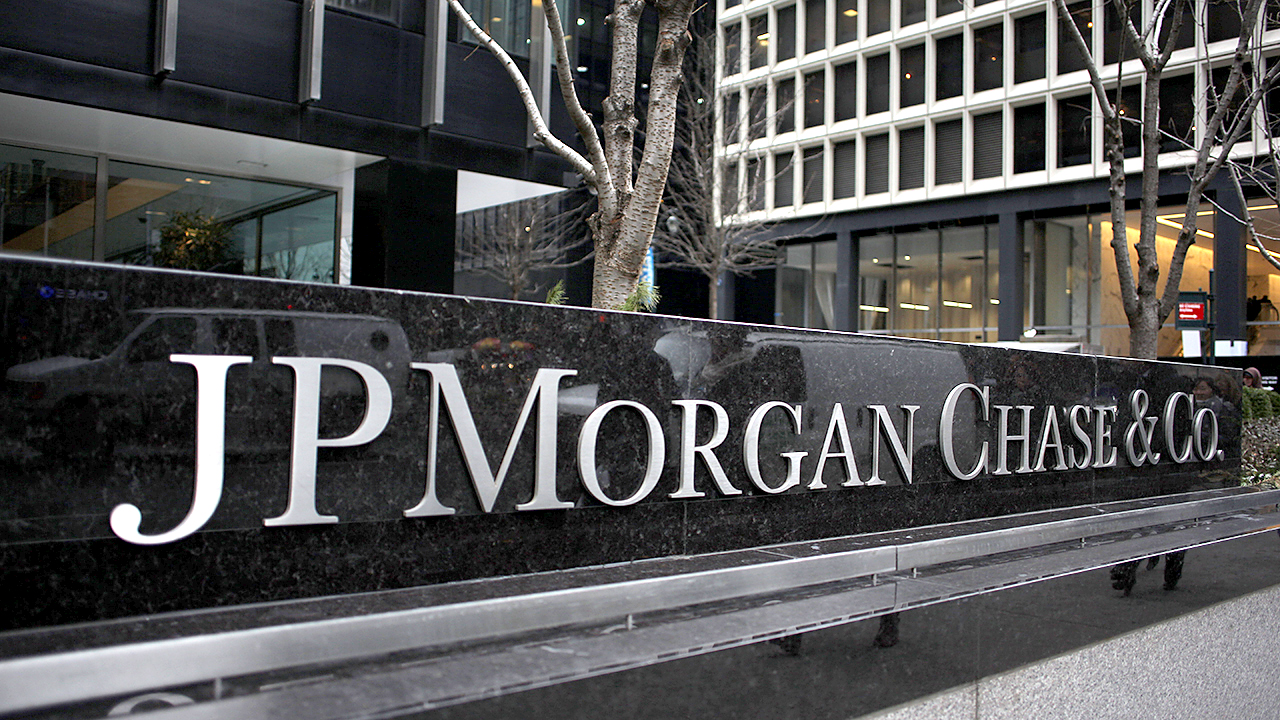The Global SERP Game: Winning Search in Multiple Markets Without Losing Focus


Expanding into new countries used to mean boots on the ground and warehouses full of products. Now, it often begins with something less visible but just as critical: being found on Google in the right language, at the right time, by the right customer.
For mid-sized companies with serious ambitions—whether that means eyeing growth in Europe or looking east to APAC—international SEO is no longer a niche skill. It’s a core growth enabler. But here’s the tricky part: optimizing for global search without losing your brand’s focus is easier said than done.
That’s where support from experienced partners like Edge Digital Marketing Agency comes into play—helping brands build scalable, cross-border SEO strategies without the chaos of trying to be everything, everywhere, all at once.
Let’s unpack how to play the global SERP game smartly, without dropping the ball on consistency, performance, or brand cohesion.
Local Relevance vs. Global Consistency: Why You Need Both
If you’ve ever browsed a multinational website and found the pricing in the wrong currency or the language awkwardly translated, you’ve experienced the fallout of poor international SEO.
Global consistency means your brand is recognizable wherever a user finds you. Local relevance means they actually trust you when they do.
You don’t have to choose one or the other. In fact, the magic happens when you integrate both—ensuring that search engines recognize your authority while users feel like you understand their local needs.
Start by mapping where your business is headed, not just geographically but linguistically and culturally. Are you selling to Germany, or to German speakers across multiple regions? Are you targeting APAC as a whole, or focusing on specific countries like Singapore and Japan with vastly different digital behaviors?
Getting clarity here will shape every decision that follows.
Multilingual Keyword Research Isn’t Just Translation—It’s Interpretation
Let’s be clear: Google Translate is not your keyword research tool.
Local search intent varies wildly, even among countries that speak the same language. A user searching for “holiday rentals” in the UK might be looking for something entirely different from someone searching “vacation homes” in the U.S.—even if they’re typing with similar goals in mind.
And once you introduce non-English markets, things get more nuanced. For instance:
- Japanese users tend to search in short, vague terms, relying on brand familiarity.
- Thai and Indonesian users often use mobile-first shorthand or phonetic spellings.
- In Germany, precision matters—technical keywords often outperform creative ones.
Use native-speaking SEO specialists or trusted tools that provide search volume and intent data by region. Platforms like SEMrush, Ahrefs, or SE Ranking can help, but pairing the data with local cultural insights is what turns good SEO into great SEO.
Structure Your Domain Strategy for Clarity, Not Complexity
Choosing between a country-specific domain (like .de for Germany), a subdomain (de.website.com), or a subfolder (website.com/de/) might seem technical, but it’s also a branding decision.
Here’s a quick breakdown of when each makes sense:
- ccTLDs (e.g., yourbrand.fr): Great for building trust in individual countries. Users and search engines see you as local. Downside? Expensive and hard to manage at scale.
- Subdomains (e.g., fr.yourbrand.com): Offers more separation, which is good for large companies with distinct operations. However, SEO equity doesn’t always pass fluidly between subdomains.
- Subfolders (e.g., yourbrand.com/fr/): Easier to manage and lets your domain authority support all localized pages. This is often the sweet spot for mid-sized companies.
Whatever you choose, consistency and correct implementation are key. Use hreflang tags to tell search engines which version of a page to show users based on their language or location. It’s not optional—it’s the backbone of international SEO clarity.
Content That Travels Well: The Art of Transcreation
Literal translation might get your blog post into Spanish or Mandarin, but will it still resonate?
Probably not.
International SEO thrives when content feels native. That means adapting messaging, tone, and even visuals to suit the local market. A cheeky British tagline might not land in Germany. A U.S.-centric reference might be confusing in Southeast Asia.
This is where transcreation comes in. It’s a hybrid of translation and creative copywriting, keeping the spirit and intent of your content while reworking it for cultural accuracy.
It’s also worth noting: in some markets, shorter content performs better (Japan, Korea), while others (like Germany or India) prefer more in-depth information.
Link Building Across Borders: Quality Still Wins
A common mistake in global SEO is assuming that a strong backlink profile in your home country will boost you abroad. It won’t—at least not much.
To gain authority in a new market, you need local links. Think local directories, industry sites, blogs, and media that are relevant to that country’s users.
For example, backlinks from .fr domains are far more powerful for your French-language pages than a pile of .com links from the U.S. And forget about low-quality link farms—they’re just as ineffective (and risky) abroad as they are at home.
Edge Digital Marketing Agency and similar specialists often use region-specific outreach and local digital PR strategies to secure meaningful links, especially in competitive European and Asian markets.
Don’t Forget About UX and CRO for Global Visitors
You can get the traffic, but can you convert it?
A beautiful, localized website still won’t perform if it loads slowly in Jakarta or isn’t mobile-friendly in Tokyo. Technical SEO and conversion rate optimization (CRO) should go hand in hand.
Make sure:
- Hosting infrastructure supports fast load times in your target region.
- Currencies, payment options, and shipping details are relevant to the user’s location.
- Forms and buttons are translated (yes, even the “Submit” button).
- You’re A/B testing calls to action and layouts by region.
Tools like Google Optimize, Hotjar, and region-specific site speed testing can help you fine-tune each experience.
Omnichannel Marketing Needs Cohesive SEO Foundations
Your SEO efforts shouldn’t live in isolation.
The beauty of international SEO is that it amplifies everything else you do. Paid search gets better ROI when your organic visibility is strong. Social campaigns convert more when users already trust your domain. Even offline brand recognition increases when people find you at the top of local SERPs.
To tie it all together:
- Align your SEO strategy with global ad campaigns, influencer partnerships, and even offline PR.
- Coordinate launch timelines so localized pages are live before paid promotions begin.
- Use analytics tools that segment traffic by region, device, and intent.
Think of SEO as the “infrastructure layer” of your global marketing—quiet, foundational, and crucial.
Common Mistakes (and How to Avoid Them)
Some traps are surprisingly easy to fall into, especially for companies taking their first steps into global markets. Here are a few to dodge:
- Using one English site for all markets. Users will bounce if content feels generic or irrelevant.
- Forgetting hreflang. It’s the #1 culprit of wrong-language results showing up.
- Over-localizing branding. It’s possible to adapt so much that your core brand identity gets lost.
- Neglecting analytics. Without data by market, you can’t see what’s working—or what’s tanking.
Instead, treat each expansion like a mini brand launch: focused, data-driven, and aligned with your broader strategy.
Final Thoughts: Global Reach Without Chaos
SEO isn’t about chasing algorithms—it’s about being the most relevant answer in the right language, for the right person, at the right time.
The key to international success is balancing structure with flexibility. Yes, it’s a technical game. But it’s also one of empathy, strategy, and deep understanding of how people search—across cultures and continents.
With the right foundation, even mid-sized brands can punch above their weight and dominate search results in markets they haven’t even visited yet.
And if you’re looking for a partner to help map that expansion, staying focused while growing globally? That’s where digital agencies with international SEO chops, like Edge Digital Marketing Agency, earn their keep.
Because in the global SERP game, playing smart beats playing big—every time.
The post The Global SERP Game: Winning Search in Multiple Markets Without Losing Focus appeared first on European Business & Finance Magazine.
















































